Growing your own vegetable garden is getting more and more popular. If you’re new to vegetable gardening, don’t let a backyard vegetable garden design stump you.

Traditionally, a vegetable garden is set up in long rows filled with coordinated vegetable plants. However, that’s not the only way to design your garden. More recently, many have been using the square-foot gardening method.
There is no need to stick your garden to the back of your yard so no one can see it. A well-designed vegetable plot can be beautiful and functional.
Let’s see how you can design a veggie garden. These designs are just basic guidelines. There is no hard and fast rule for designing your vegetable garden. Whatever design you implement should appeal to you and your tastes – and you should have fun doing it!
Plan Your Backyard Vegetable Garden Design
When establishing a backyard vegetable garden, thoughtful planning is vital to creating a productive and sustainable space. Think about how the various garden layouts you’re considering will optimize land use while also considering your personal vegetable favorites.
Choose the right location
Most vegetables thrive in an environment that receives at least six hours of direct sunlight daily. Some vegetables, like tomatoes and peppers, may benefit from even more sunlight.
- Optimal sunlight hours: 6 to 8 hours are ideal for a wide range of vegetables.
- Shade tolerance: Leafy greens like lettuce and spinach can perform well with less sunlight.
Garden design
- Raised beds can offer better drainage and ease of access. Check out these raised bed gardening tips.
- In-ground beds are traditional and cost-effective.
- Container gardens are suitable for limited spaces or poor soil conditions.
Layout
- Traditional rows are simple and efficient for large spaces.
- Square-foot gardening divides the space into 1-foot squares for varied crops.
- Vertical gardens save space and are great for climbing vegetables like beans and cucumbers.
Soil quality
Soil is the foundation of a thriving garden. Enrich the soil with compost and organic matter to nourish the plants.
- Sandy loam soils are typically well-draining and can be enriched with organic matter.
- Adding compost can improve fertility and texture in various soil types.
Select Vegetables and Companions
Choosing the right vegetables and their companions can greatly impact plant health and yields. Careful consideration of companions can deter pests and enhance growth. Of course, your diet priority is to check with the family and decide what to plant, knowing that you’ll actually eat what your garden will produce.
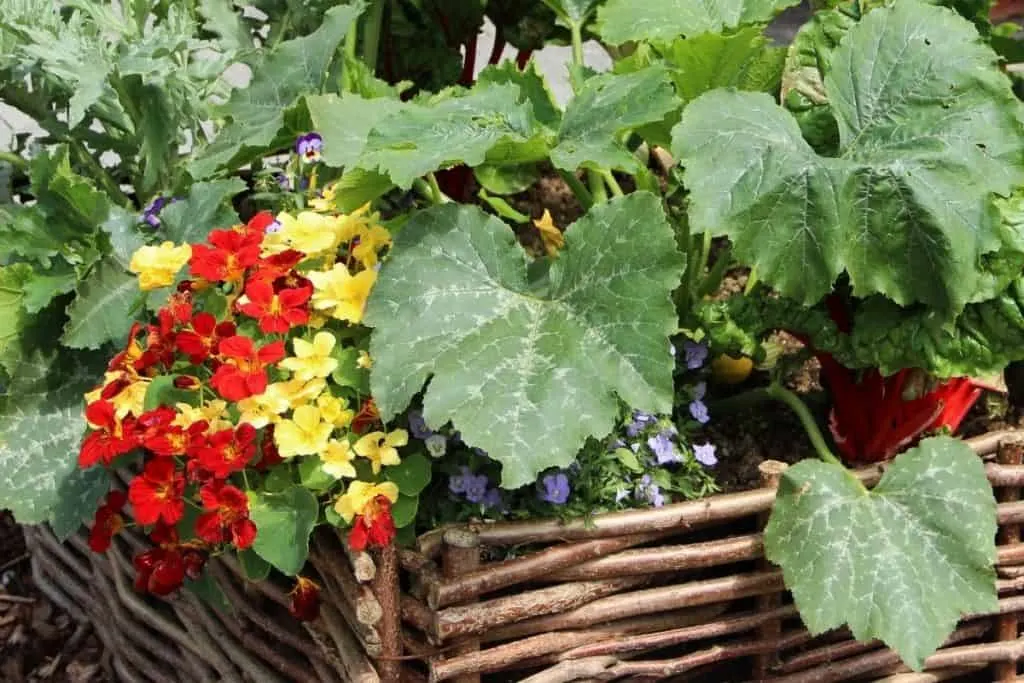
Popular vegetable choices
- Lettuce prefers cooler temperatures and can be grown in spring and fall.
- Squash thrives in warmer weather with plenty of space to spread.
- Peas enjoy cooler seasons and can climb with proper support.
- Tomatoes require full sun and grow best with staking or caging for support.
- Cucumbers prefer warm temperatures and perform well when trellised.
- Carrots need loose soil and can be grown in deep containers or raised beds.
- Radishes are fast-growing and can be planted among slower-germinating vegetables.
Companion planting benefits
Companion planting involves strategically placing plants together to benefit one another. Benefits include:
- Deter pests: for example, garlic can repel certain pests with its scent.
- Share nutrients: legumes like peas fix nitrogen in the soil, which benefits nearby plants.
- Provide shade: larger plants offer shelter for those sensitive to intense sun.
For example, planting tomatoes with basil can enhance flavor and deter pests, while radishes can be interplanted with cucumbers to use space efficiently.
Learn more about companion planting.
Interplant vegetables with herbs and flowers
Herbs and flowers can be both beautiful and functional in a vegetable garden. They’ll provide the following benefits:
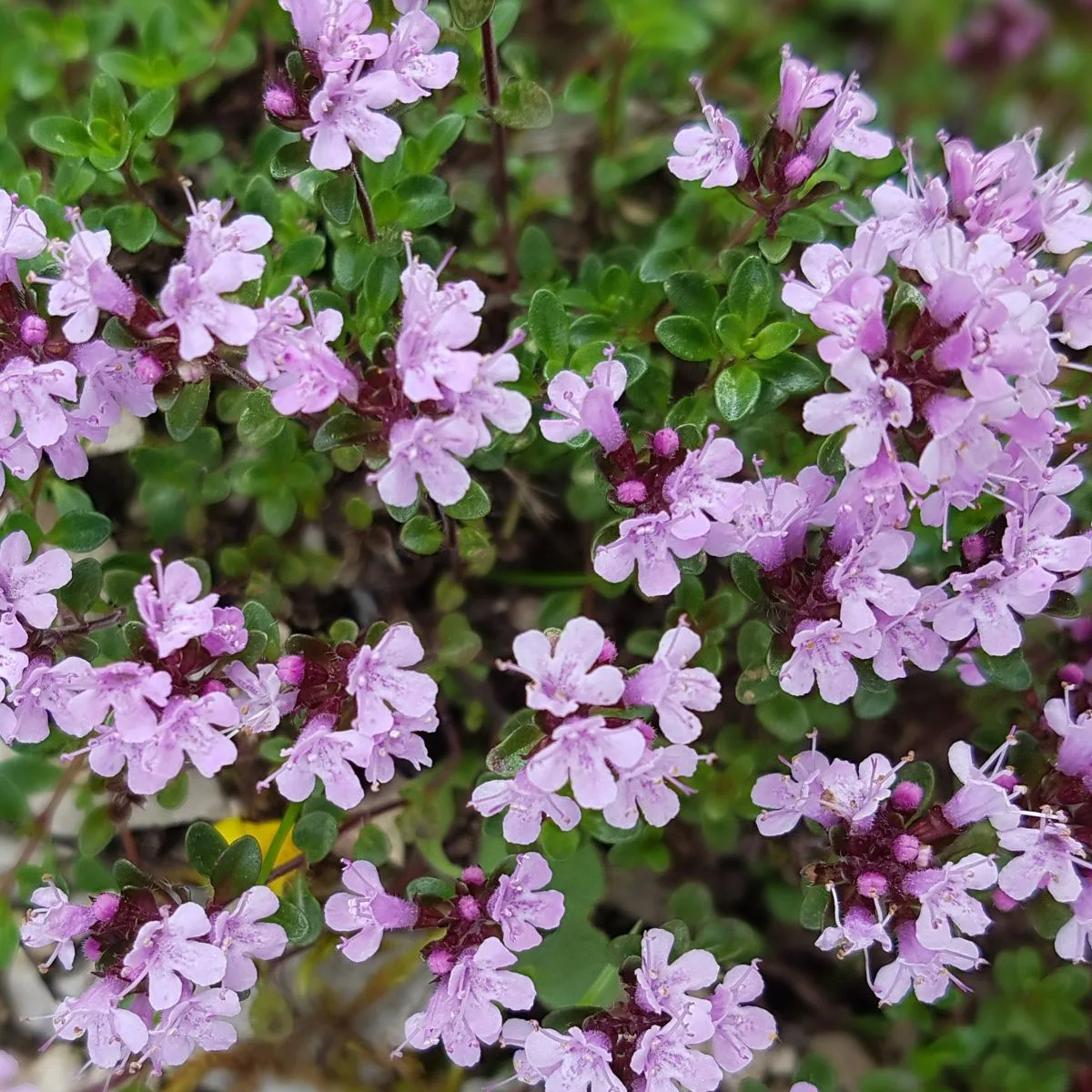
- Aesthetic appeal: Flowers like nasturtiums and calendula add color and can be edible.
- Pest control: Marigolds and chives can deter pests while attracting beneficial insects.
- Attract pollinators: Flowers such as violas draw in pollinators vital for producing vegetables.
Common herbs to plant in the veggie garden:
- Thyme requires little water and repels cabbage worms.
- Parsley attracts beneficial insects and complements tomato growth.
- Mint should be contained to prevent it from taking over, but it is excellent for pest control.
- Sage repels pests and can be planted near carrots and cabbage.
- Dill attracts beneficial insects and pairs well with lettuce.
Adding roses will help keep the aphid population in check when planted near vegetables prone to these pests and add beauty to the garden.
Raised Bed and Container Gardening
In the quest for efficient and productive backyard vegetable gardens, raised beds and containers offer excellent solutions that cater to diverse needs and spaces.
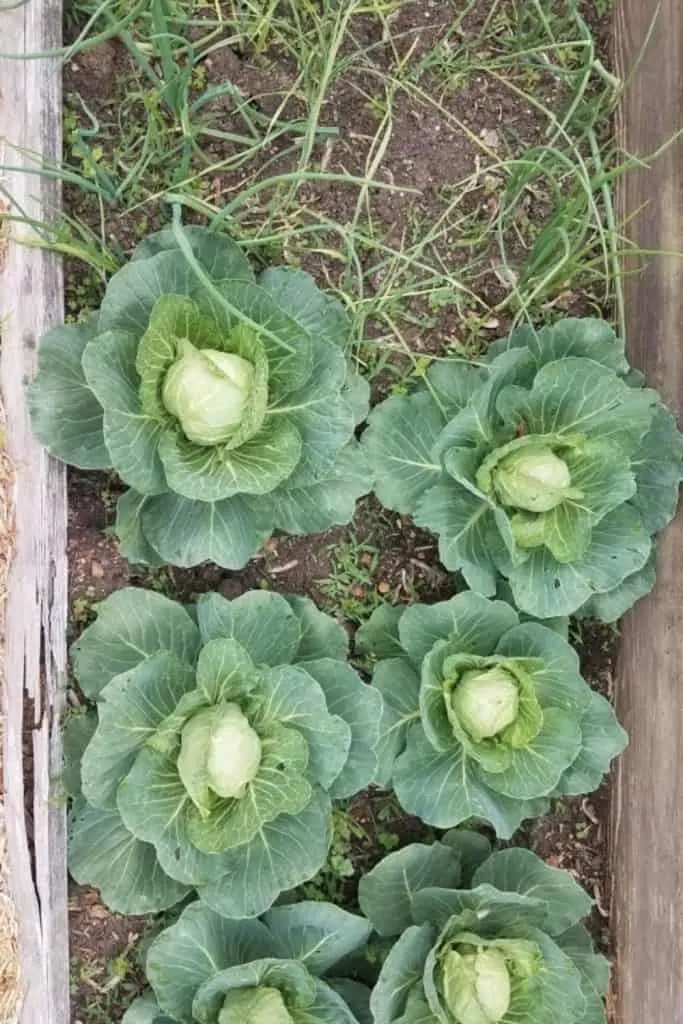
Benefits of raised beds
Raised beds are distinct garden structures, usually made of wood, stone, or durable plastics, that hold soil above the natural ground level. They provide significant advantages:
Better soil
Raised beds promote better soil drainage and aeration. Gardeners have complete control over the soil mixture, aiding in the prevention of soil compaction and fostering an optimal environment for vegetable roots.
Extend the growing season
The soil in raised beds warms up more quickly in spring, leading to an extended growing season compared to traditional garden plots.
Act as a pest & weed barrier
Elevated soil levels in raised beds can help deter some pests and make weeding more manageable. Using a square raised bed can also improve accessibility for maintenance.
Are more accessible
Raised beds can be built to any height, making them ideal for those with mobility issues. The need to bend or kneel is significantly reduced.
Choose containers for flexibility
If you have a smaller garden space, containers offer flexibility. Whether it’s a galvaized tub or a simple window box, they can be placed in a variety of settings, such as patios, balconies, or decks.
- Containers come in different materials, each with its benefits. For instance, wooden containers blend naturally with garden settings, while lightweight plastics are easier to move.
- A deeper container is generally better for root vegetable growth, while shallow ones are sufficient for herbs and some flowers.
- Proper drainage is essential, so choosing containers with pre-drilled holes or adding them is crucial to prevent waterlogging, which can adversely affect plant health.
- One of the main perks of container gardening is the ability to relocate plants to optimize sun exposure or to protect them during adverse weather conditions.
Soil Preparation and Maintenance
Gardeners often start by determining their soil type, which affects how they prepare their garden beds. Knowing if the soil is clay-heavy, sandy, or loamy informs the gardener how to add amendments such as organic matter.
Soil texture and type
- Clay soils are dense and hold moisture well but may lack drainage.
- Sandy soils drain quickly but may not retain nutrients well.
- Loamy soils offer a balance, being well-draining and nutrient-retentive.
Add organic matter
Adding compost benefits all soil types; it improves texture and fertility. A 2-3 inches compost layer worked into the soil is ideal. For established gardens, try a no-dig gardening method.
Organic matter like composted kitchen scraps, leaves, and aged manure nurtures the soil. Over time, these components break down, enhancing the soil’s structure and ability to retain moisture and nutrients.
Nitrogen, Phosphorus, and Potassium (N-P-K) are essential nutrients provided by organic materials.
Add mulch
Applying mulch to garden beds helps retain soil moisture, reduces weed growth, and provides nutrients as it decomposes.
Irrigation and Water Access
Make sure you plan for consistent access to water. Here are a few ways to have water available in your veggies garden.
Drip irrigation
This system provides water directly to the base of each plant through a network of tubing, emitters, and connectors. Drip irrigation is efficient and sustainable, reducing water waste by minimizing evaporation and runoff.
Soaker hoses
Operating similarly to drip systems, soaker hoses allow water to seep out slowly along their length. They can be laid out along rows of plants, providing an even supply of moisture to the garden.
Harvest rainwater
Collecting rainwater in barrels or cisterns provides an eco-friendly water source. This system supports sustainability by utilizing a renewable resource and decreasing the demand on municipal water supplies.
Support Structures for Climbing Plants
Support structures are essential for the health and display of climbing plants in any vegetable garden. They not only provide stability as plants grow upward but also help manage space and increase air circulation around the plants.
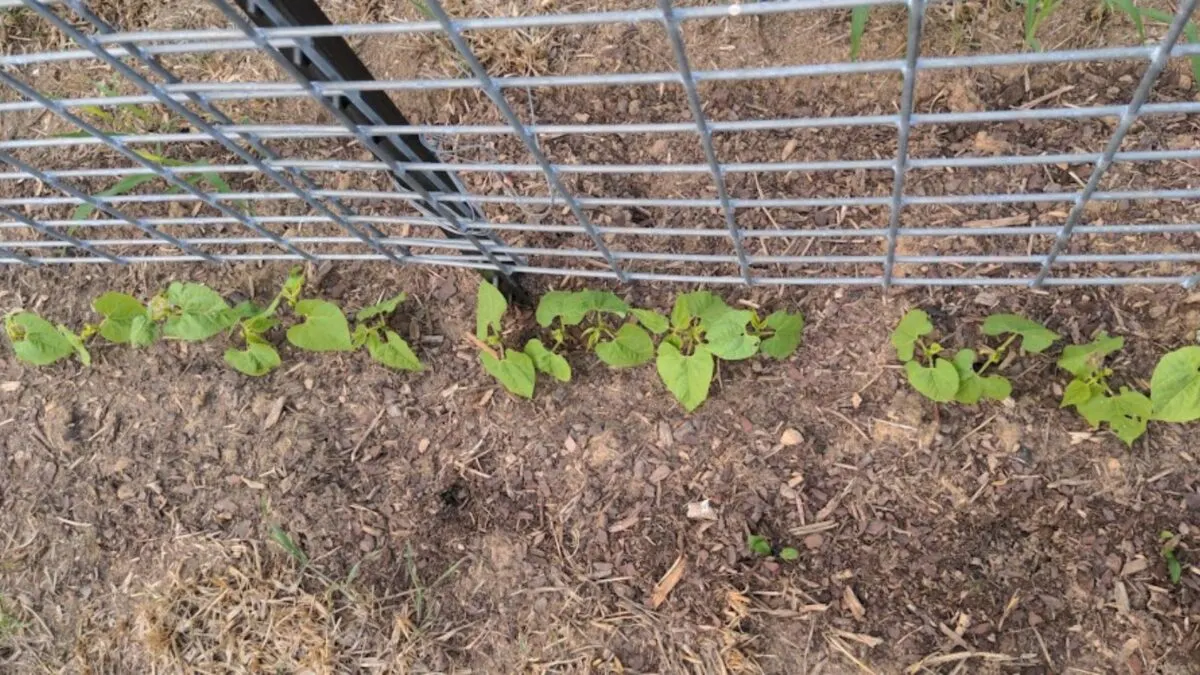
Trellises and arbors
Trellises are a great solution for climbing vegetables such as beans, peas, and vining tomatoes. They come in various shapes and sizes, from simple flat panels to more intricate designs. A trellis should be at least 5 feet tall to accommodate the growth of most climbing vegetables. This ensures they have ample space to mature.
An arbor acts as an inviting entryway or a striking garden focal point, often supporting heavier climbers like squashes or grapes. Constructing an arbor involves a framework typically at least 7 feet tall. This provides a strong structure that these vigorous plants can clamber over.
Vertical Gardening Techniques
Vertical gardening is a technique that maximizes yield by growing plants upwards rather than outwards. This practice is particularly useful for gardeners with limited space.
These structures can be crafted from materials like wood, metal, or bamboo, forming a teepee shape that is functional and decorative.
Plant Your Pest and Wildlife Management
Managing pests and wildlife is crucial for a flourishing vegetable garden. Taking protective measures and mindful planning will maintain balance and prevent undue harm to your plants.
Natural pest control
The easiest method to keep unwanted creatures out of the garden is to create an environment that repels pests and attracts beneficial insects.
- Companion planting: Certain plants can naturally repel pests. Marigolds, for example, are known to discourage nematodes and other garden pests with their strong scent. Companion planting these among vegetables is a smart strategy.
- Beneficial insects: Gardeners can invite beneficial insects that prey on pests. For example, ladybugs consume aphids, and lacewings feed on garden pests. Planting a diverse range of flowers can attract these helpful critters.
- Diatomaceous earth: A non-toxic powder that causes dehydration in insects upon contact. You can sprinkle it around the base of plants to protect against slugs and other pests without harming plants or beneficial insects.
Deter wildlife intruders
Fencing is one of the most effective ways to keep out larger wildlife like deer and rabbits. Make the fence at least 8 feet tall and bury a foot to prevent rabbits from digging underneath or squeezing through.
Use natural repellents to deter critters, such as garlic, pepper sprays, or soap and water solution applied to plants.
The effectiveness of these natural repellents will diminish over time or after rain, so frequent reapplication is necessary.
Harvesting and Rotation
When designing a backyard vegetable garden, understanding the concepts of succession planting and crop rotation is crucial. These practices maximize yield, help maintain soil health, and reduce pest and disease pressure.
Succession planting
Succession planting ensures a continuous harvest by staggering plantings of a crop at regular intervals. For example, a gardener might plant lettuce every two weeks to maintain a consistent supply.
Crop rotation practices
Crop rotation involves changing the location of vegetable types each year to prevent the build-up of pests and diseases. A simple rotation strategy might be:
| Year | Bed 1 | Bed 2 | Bed 3 |
|---|---|---|---|
| 1 | Tomatoes | Leafy greens | Beans |
| 2 | Beans | Tomatoes | Leafy greens |
| 3 | Leafy greens | Beans | Tomatoes |
- Rotate crops from different botanical families to interrupt pest and disease cycles.
- Incorporate legumes regularly to help replenish nitrogen in the soil.
Themed Gardens
Themed gardens can range from producing fresh salads to creating homemade salsa, while family-friendly gardens encourage participation from children through interactive planting strategies.
Salad garden
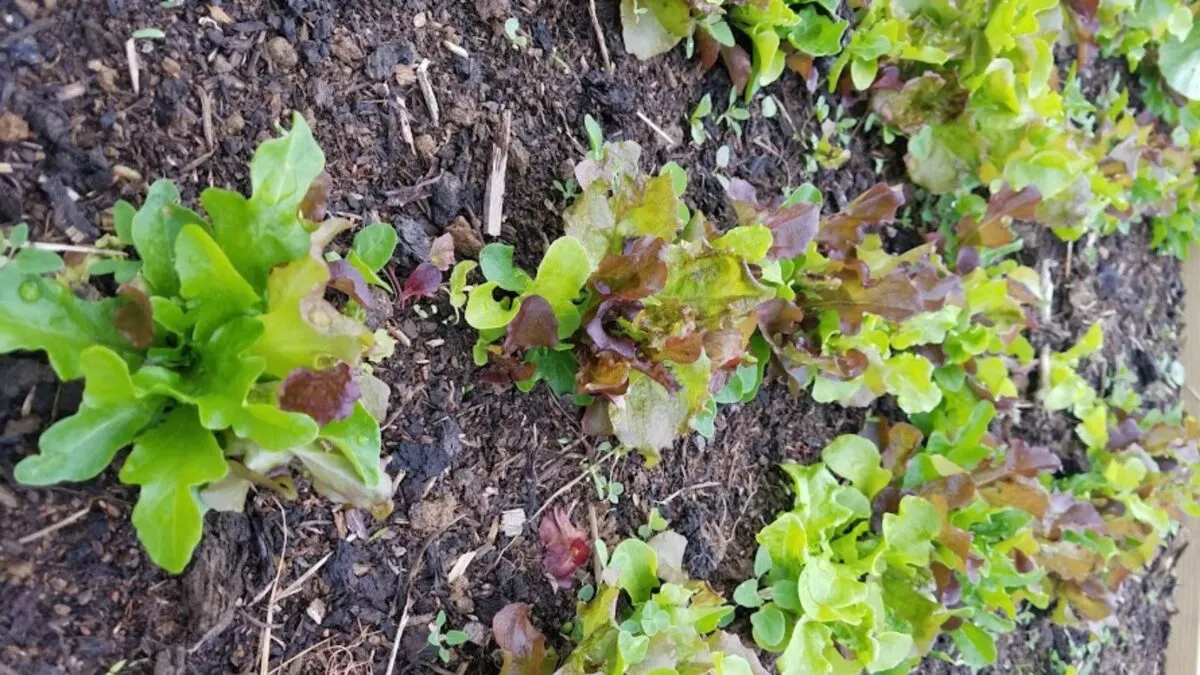
A salad garden is customized for leafy greens and salad toppings. Here are some ideas to plant in a salad garden:
- Lettuce and greens: romaine, arugula, spinach
- Herbs: basil, cilantro, dill
- Cherry Tomatoes
- Cucumbers
- Radishes
Salsa garden
A salsa garden focuses on ingredients for the perfect homemade salsa. Key components include:
- Tomatoes: Heirloom, Roma
- Peppers: Jalapeño, Bell
- Onions: Red, Green
- Herbs: Cilantro
Balcony or small space dwellers might opt for container gardening, scaling down the salsa garden to suit a balcony garden setting.
Flower garden
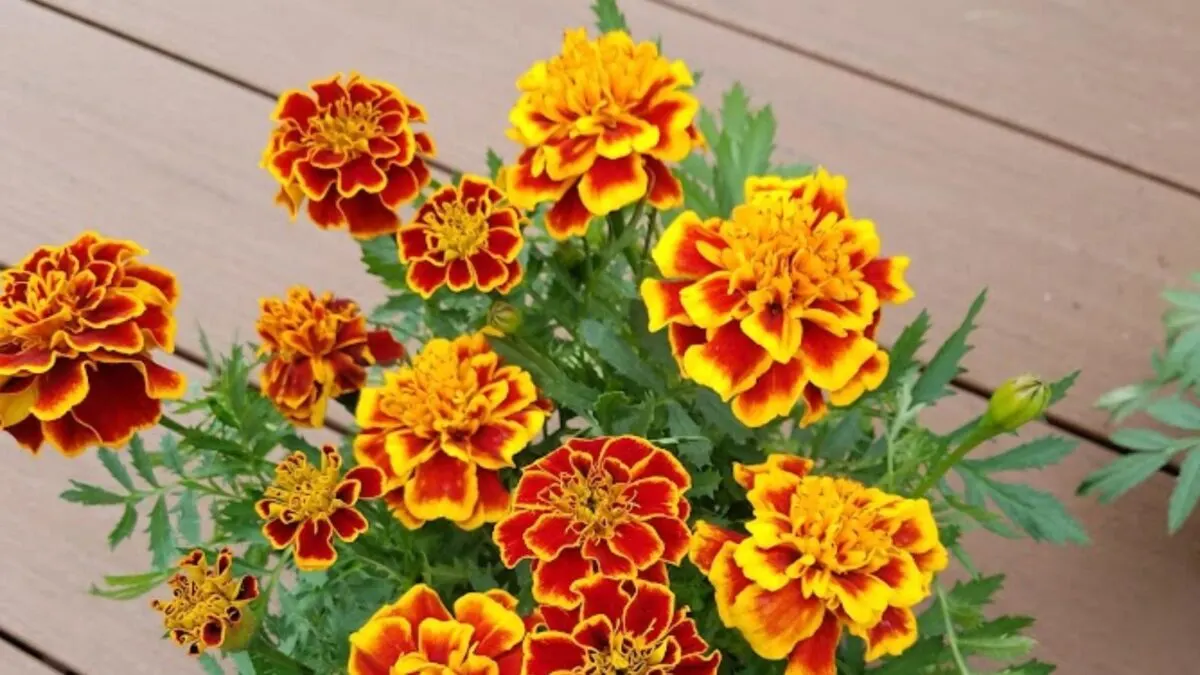
Incorporating a flower garden into the vegetable area adds beauty and invites bees and butterflies that help pollinate the vegetables. Here are some of the most popular flowers for a vegetable garden:
- Sunflowers: For height and visual interest
- Marigolds: To deter pests naturally
- Nasturtiums: Edible flowers that add a peppery taste to salads
A homestead garden combines vegetables, fruits, herbs, and flowers, providing diverse learning opportunities. The integration of companion plants teaches children about interplanting and the benefits it brings to garden health and biodiversity.
Garden Paths and Accessibility
Proper garden paths are crucial for navigating through the garden comfortably. They should be wide enough to accommodate wheelchairs, at least 36 inches, and constructed with smooth, firm materials to support mobility devices and prevent tripping hazards. A uniform surface also helps pets move alongside their owners without difficulty.
Material options for paths:
- Packed gravel
- Smooth paving stones
- Brick laid flush with the ground
Plan a Seating Area for Rest While Gardening
Incorporating a seating area in the vegetable garden can provide a place to rest, reflect, and admire your hard work.
A small bench in a shaded area will offer refuge from the sun.

The 10 Most Ordered Amazon Gardening Products In 2020
Sunday 1st of November 2020
[…] my post about vegetable garden design, I mentioned these 10-gallon smart pots, and some gardeners went nuts for them. They are […]
es
Wednesday 3rd of October 2018
Just remember the more complicated the design the harder to weed. Been there done that.
Beginner Vegetable Garden
Thursday 2nd of August 2018
[…] planning your vegetable garden, decided where you’ll plant each group of vegetables and prepared the soil, your next step will […]
How To Compost With Worms | Backyard Garden Lover
Sunday 21st of January 2018
[…] are 28 species of worms in your garden, most of which live in the upper areas of the soil. These are known as earthworms and although they […]
Vegetable Garden Planning | Backyard Garden Lover
Wednesday 6th of September 2017
[…] you have a green thumb and would love to put that space in your backyard to good use, then try a vegetable garden. You’ll be able to grow what you eat and therefore control the chemicals and pesticide levels […]